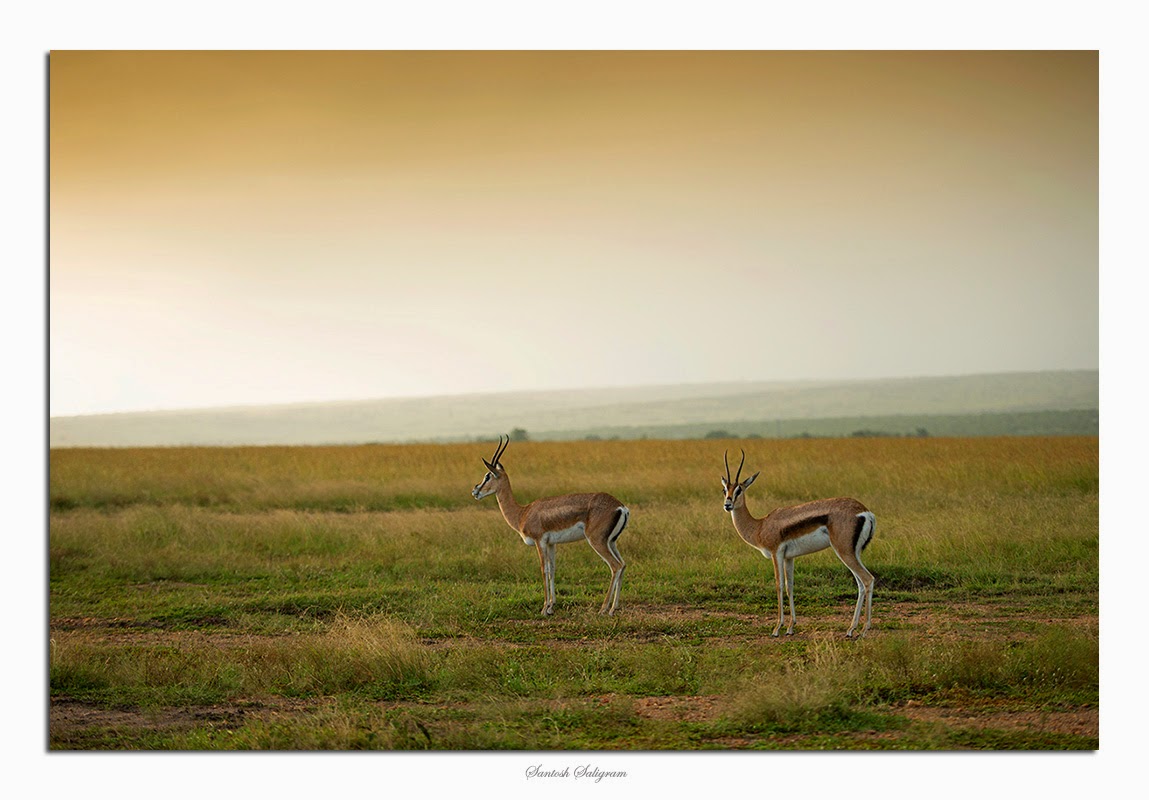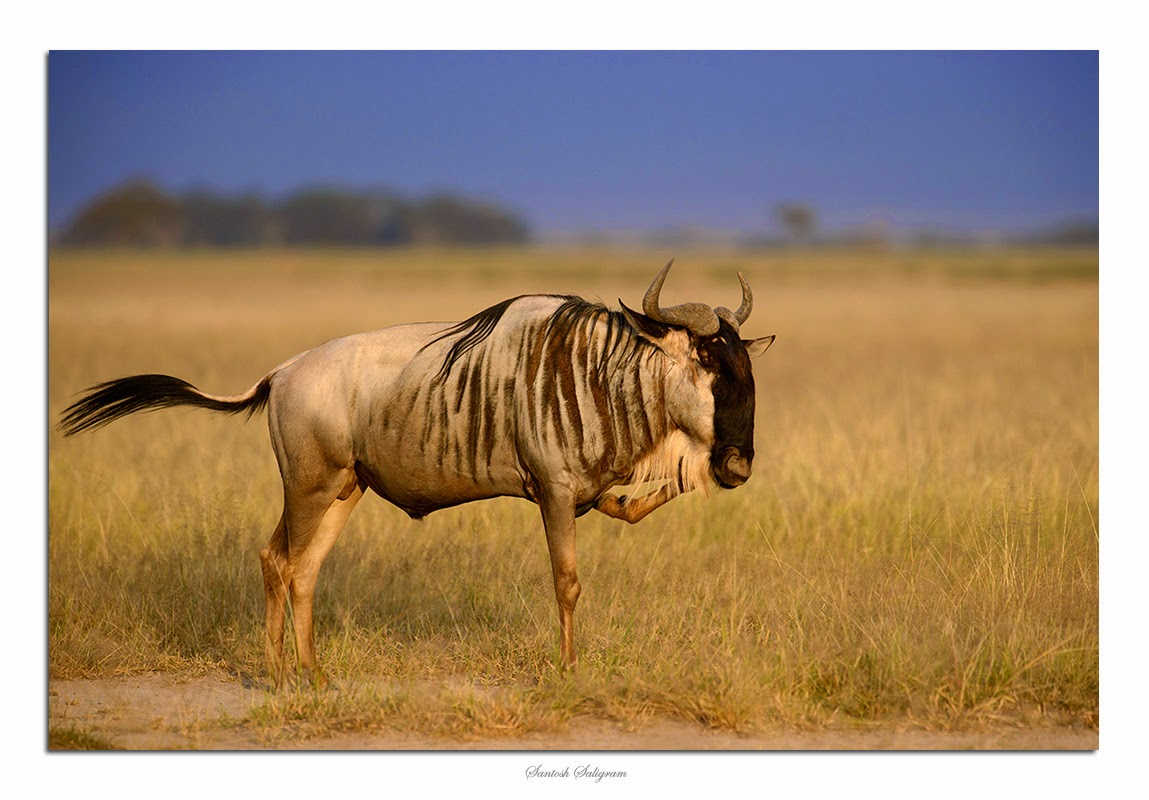
They’re colourful, come in a variety of sizes and show true diversity and imagination with their head gear. Scan any piece of a Kenyan wilderness expanse, and chances are you’ll spot one of them in the frame.
Mostly busy feeding, they dot the savannah with their northward horns and bony legs as sitting ducks for beautiful portraiture or behavioural documentation, even as most Kenya visitors turn them a Nelson’s eye and pass them by in search of the more ‘charismatic’ Big Five.
They’re the unsung beauties of the bush and the grassland. They’re the antelopes of Kenya.
With nearly 90 species in Africa, dozens of which are found in Kenya alone, the only way you can miss them is if you haven’t visited the bush veld. I didn’t, and saw eight of them. And here they are.
With a name as short as itself, the dik-dik shows that cute-cute things come in small-small packages.
Bearing the dubious privilege of being the cheetah’s favourite dinner is a crown hard to wear heavily on the head. That’s why the Thomson’s gazelle has thin, short horns, long legs and a brilliant ability to change direction often and abruptly to try and remain away from its hunter’s plate.

Made famous by Chevrolet with cars named after it featuring prominently in Hindi movies of the yesteryear, the impala has elegance that exceeds that of the automobile and can run almost as fast too.
Looking like a goat that overgrew its ambition and eventually became the size of an ass, the topi is a fascinating animal that although looks too serious for its own good at most times, reveals a playful side when unmolested by a predator.
Dwarfed only by the giant eland, the common eland is the second largest antelope on African soil, and one of the best looking too, although this is not obvious in the only good picture I managed during my maiden trip to Kenya in June 2012.
But until I can ‘front-end’ another herd of eland on a future trip, this image will remind me to chase after this and many more antelope species I’m yet to see on the great continent.













Excellent article. Very interesting to read. I really love to read such a nice article. Thanks! keep rocking. Big Data Hadoop Online Training
LikeLike
Sitting in the comfort of the human abode , looking at the beautiful gifts of nature ..feeling lucky .
LikeLike
Beautiful. Am in masai mara right now. Your posts are very helpful and informative
LikeLike
Glad to know that, Dr. Arora! Hope you’re having/had a great time!
LikeLike